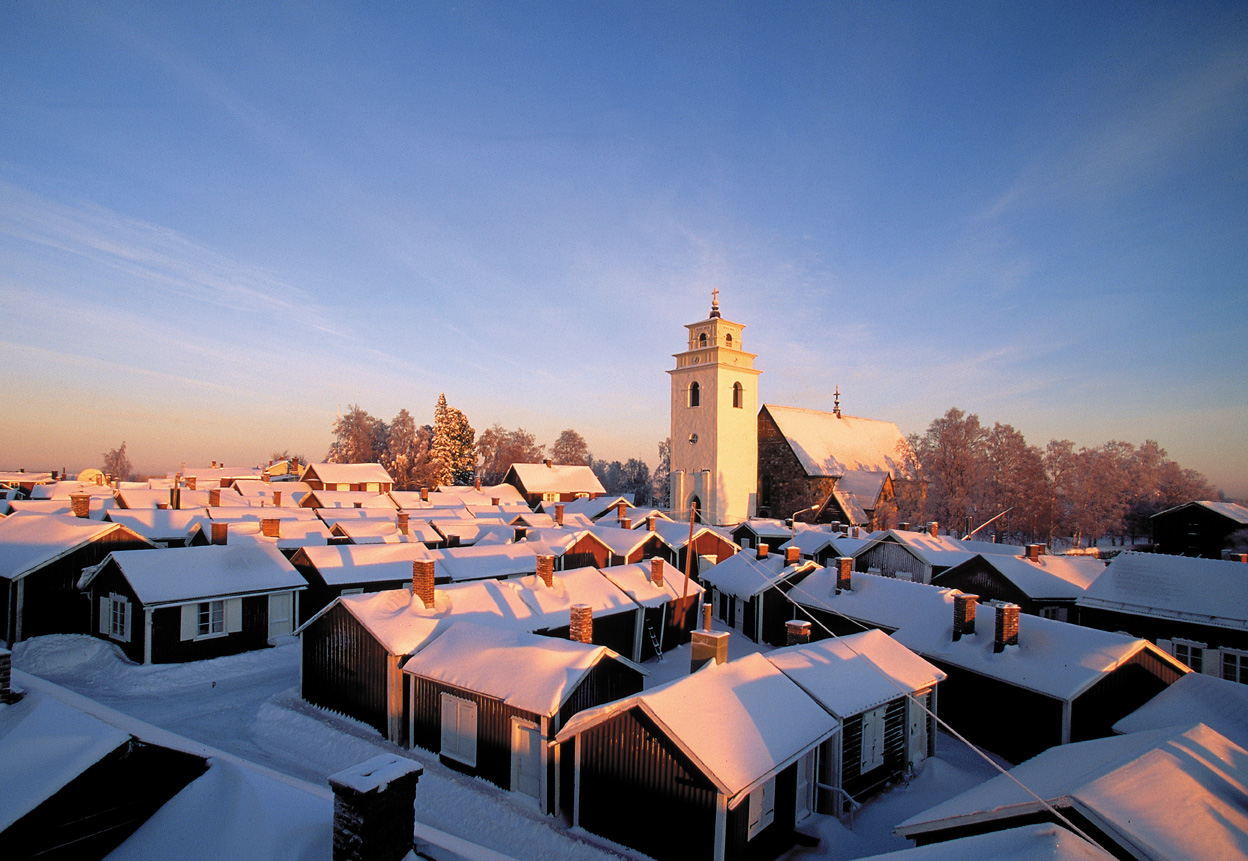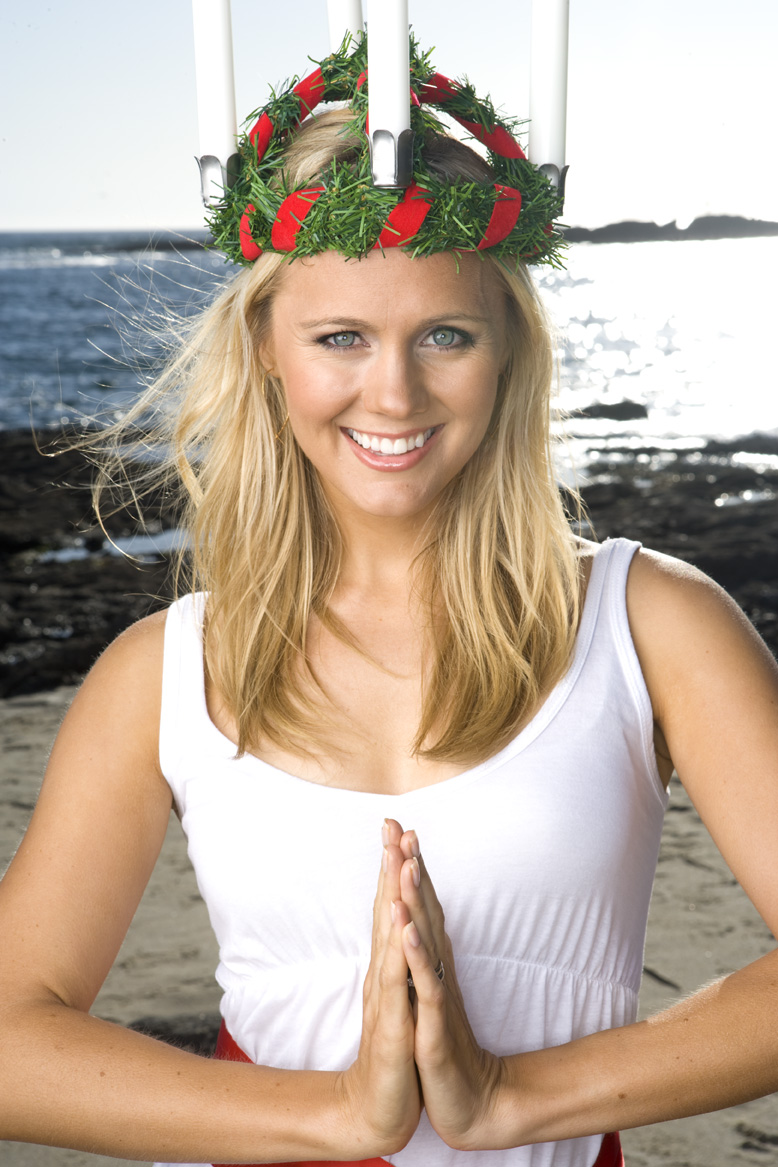The Swedish Christmas
Christmas in Sweden, as in many other countries, is a mixture of old and new, religious and secular, native and foreign.
-
 In Sweden, Christmas is by law a time of civil peace. Photography: Pär Domeij
In Sweden, Christmas is by law a time of civil peace. Photography: Pär Domeij -
-
Christmas in Sweden includes more days off, both for schoolchildren and for adults, than any other festival, and in some years the number of working days in between public holidays and weekends can bee so small that, by docking a couple of days from their year’s holiday, people can be off work from anything up to two weeks. Swedish Christmas cards (in this day and age more often computer based) are nearly always “white,” with deep snow as a standing invitation to skiing, but the fact is that white Christmases are very few and far between in the southern third of the country.
Christmas food is one of the really ancient elements of Christmas, but this too is changing. Once upon a time the Christmas menu differed a great deal as between coastal and inland communities, north and south, fishing and farming folk, and so on. Nowadays, with most of the raw material coming from factories, local variations have given way to a centrally orchestrated selection of manufactured or semi-manufactured products.
Pork make up a strikingly large proportion of Christmas fare, and visitors sometimes wonder why the Swedes have to celebrate the birth of their Savior by eating pig meat. The historical reason is that, for a long time, salt pork was the meat ration of the Swedes all year round. Pigs were slaughtered in the autumn, when they were fattest, the pork was preserved in brine and would then have to last until the following autumn. One or two “Christmas pigs” were held over from the fall butchering, however, and reprieved until Lucia. Christmas was the only time of year when people could eat fresh meat, which in those days was the height of enjoyment. No such considerations apply nowadays, but so conservative are our habits, especially on festive occasions, that for many people Christmas would not be Christmas without ham, brawn and pork sausage.
Jan-Öjvind Swahn -
 Lucia; for every Swedish American this remains one of the strongest symbols and images of a Swedish Christmas. Sofia Dickens photographed for Nordic Reach Magazine. Photography: Henrik Olund
Lucia; for every Swedish American this remains one of the strongest symbols and images of a Swedish Christmas. Sofia Dickens photographed for Nordic Reach Magazine. Photography: Henrik Olund -
-
Nordstjernan's Eva Stenskär spoke with one of the lecturers at the University of Washington, Seattle about Christmas:
“Sweden had a state church from the year 1500 to 2000, and thus Christmas is steeped in the Lutheran traditions,” says Ia Dübois, Senior Lecturer at the Department of Scandinavian Studies at the University of Washington. “Advent is an important event with the lighting of the four Advent candles each Sunday. Christmas decorations are taken out on the first of Advent and include adventstjärna, a large electrically lit star made of wood, metal, or paper and is placed in the window, little elves, gingerbread houses, tomtar, and julbockar.”
The main meal, explains Dübois, is served on Christmas Eve and consists of a smorgasbord of meatballs, ribs, cold cuts, lutfisk, different kinds of herring and cabbage, and centers around the Christmas ham. And then there’s the dopp i grytan (dipping in the kettle) tradition, when you dip bits of bread in the broth leftover after boiling the ham. For dessert there’s risgrynsgröt (rice porridge) with a hidden almond.
“The one who gets it will have a prosperous year ahead,” Dübois says. -
-
